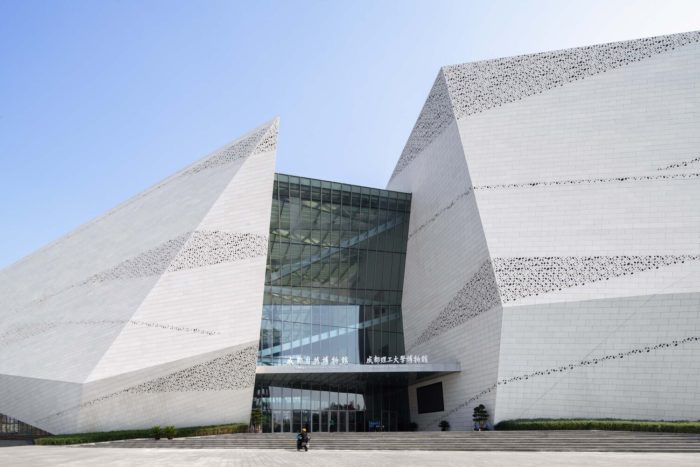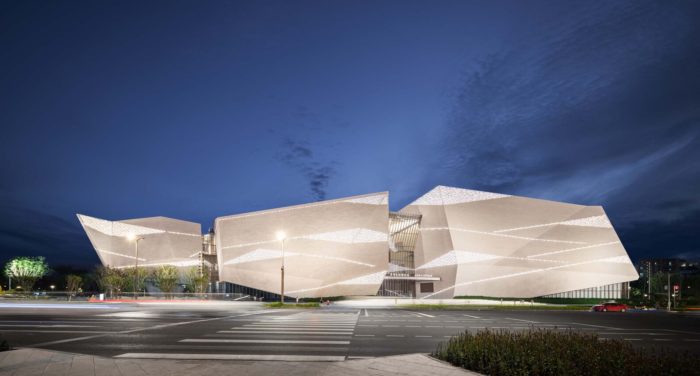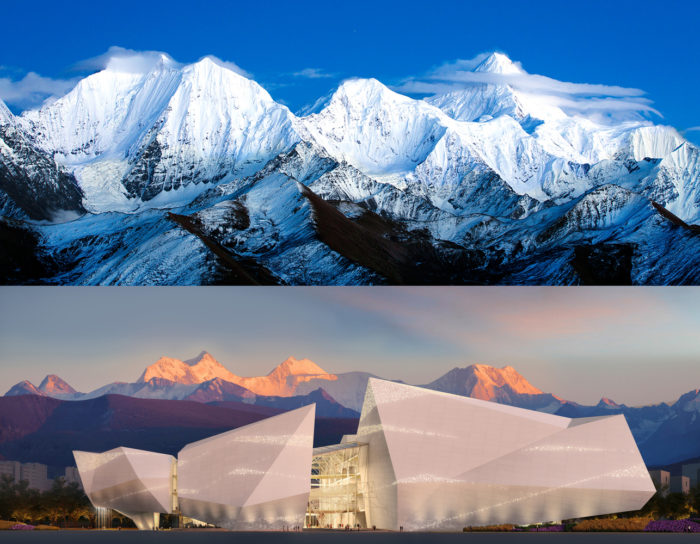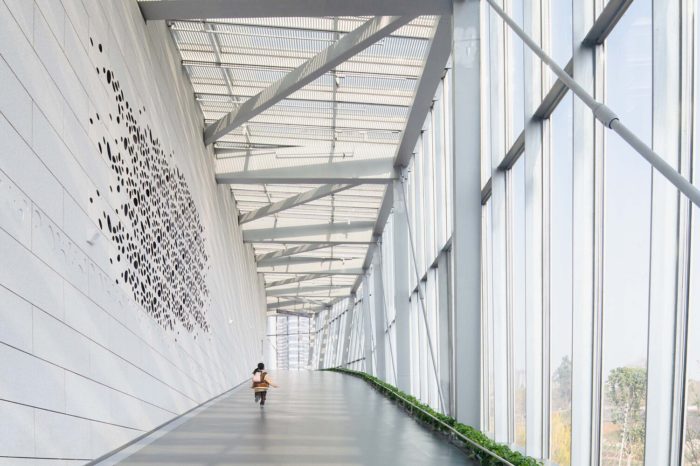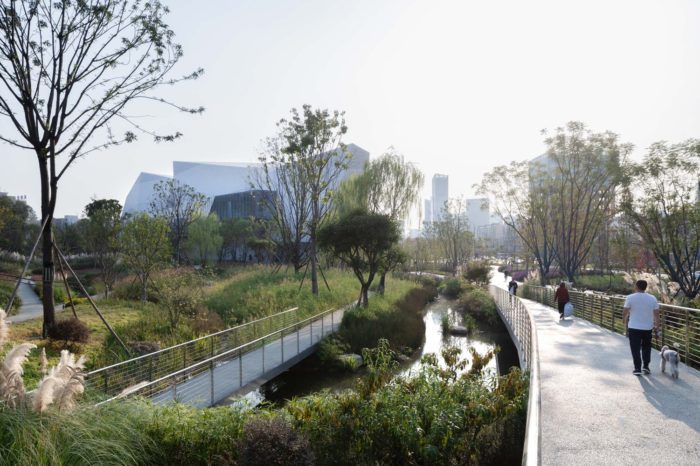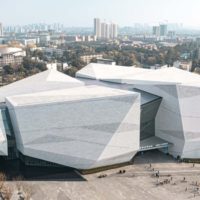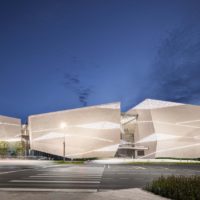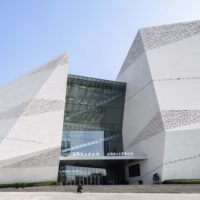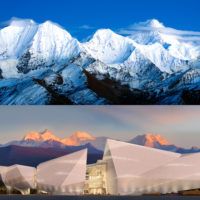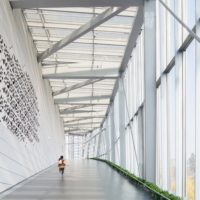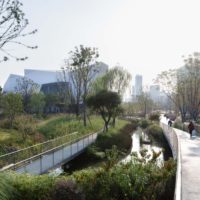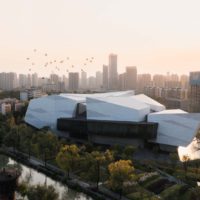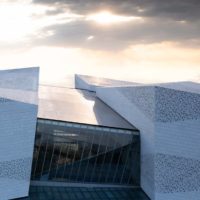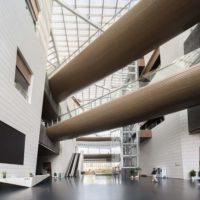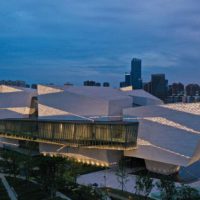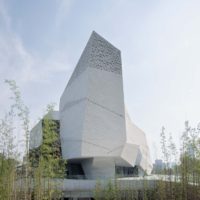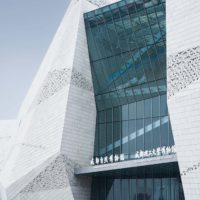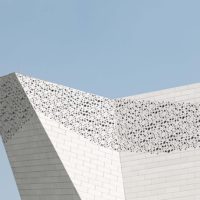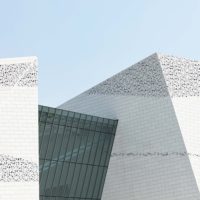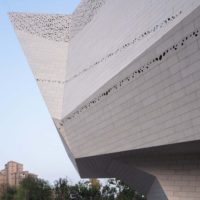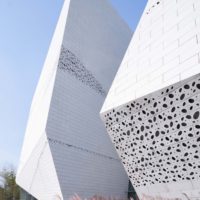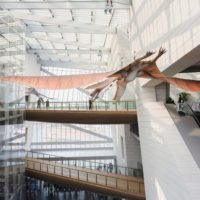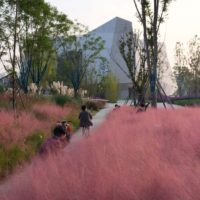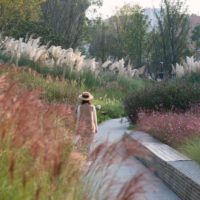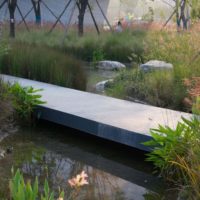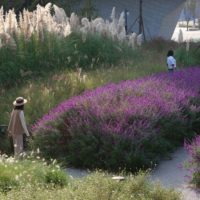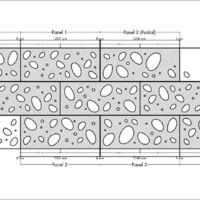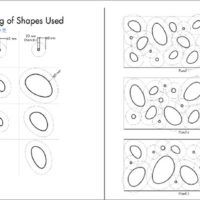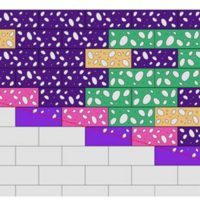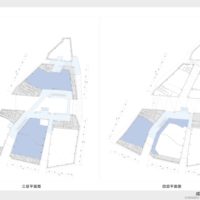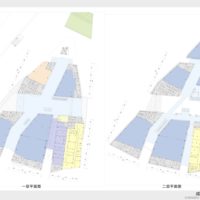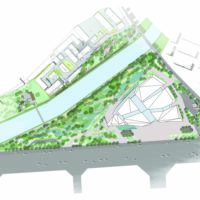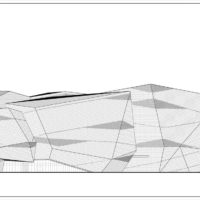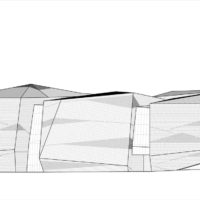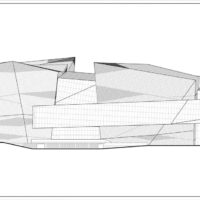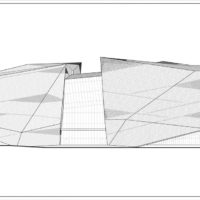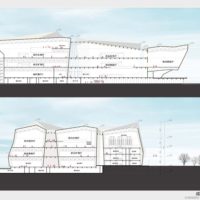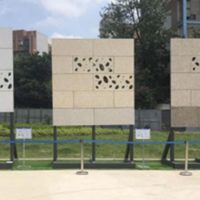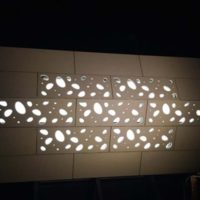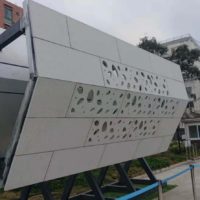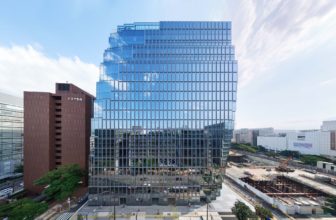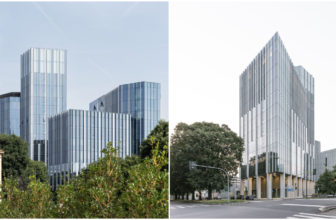The Chengdu Natural History Museum is an internationally renowned cultural and scientific center that draws tourists worldwide with its extensive displays, gathering spots, shops, café, movie theater, state-of-the-art classrooms, and lush outdoor space. Completed in 2022, the 540,000 square foot (50,000 square meters) structure will serve as an iconic symbol for the city of Chengdu, which is experiencing rapid economic growth as a new high-tech and enterprising center.
The Chengdu Natural History Museum’s architecture represents Chengdu’s vitality and cutting-edge creativity while also honoring the city’s rich history. By exploring the spirit of Chengdu’s indigenous “Shu Mountain, Shu Road, Shu Water,” the endeavor brilliantly fabricates the city’s past and present.
Chengdu Natural History Museum: The Design Concept
The Sichuan mountain shapes produced by the movement of prehistoric tectonic plates in the Chengdu region inspired the Chengdu Natural History Museum’s massing. The volumes illustrate the fracturing and movement of the rock in response to the lateral and axial stresses. The building shapes rise from the ground at specific times to expose the public areas on the inside. Still, they always remain firmly rooted in place.
Light-filled common areas are a unifying thread amongst the individual “mountains” or “rock volumes” that serve as exhibition venues. The story of shifting tectonic plates also had a role in deciding on the façade’s material: the local granite. At night, LED illumination reflects the stars, while by day, the stone’s naturally shaped and constructed fractures provide the image of snow-covered mountains.
Secondly, the Shu roadways, a network of wood-plank roadways built along the flanks of cliffs, served as a significant source of motivation. Like Dino Box, the Shu Road connects the two upper levels, both hanging from the sides of the stone structures. Visitors can stroll among the dinosaurs strategically placed along the walkway and hanging from the ceiling in this sloping, participatory space that connects the second and third levels.
The crevices in the rock formations are glassy and see-through on purpose to promote contemplation, exploration, and communication. These voids serve as visual and physical bridges between the displays and beyond the surrounding urban environment, streetscape, scenery, and waterway.
A series of canals and lakes resemble the current Dongfeng Canal on the site’s eastern side. The Wetland Garden, the Bamboo Garden, the Water Lily Garden, and the Seasonal Plant Garden each offer their distinguishing take on the outdoors by combining plant shape, texture, and color to construct graded variations that vividly replicate the geometries of the past agricultural environment. Pedestrians may observe the dynamic water drapes from the sidewalk at the north building volume. The tiny lakes in the site’s northern part mimic the buildings’ shapes.
Project Info:
- Architects: Pelli Clarke & Partners + CSWADI
- Area: 50520 m²
- Year: 2022
- Photographs: Zhen Xin, Arch-Exist Photography, CDCI, Xiaobin Lv, CSWADI
- Manufacturers: CSG HOLDING
- City: Chengdu
- Country: China
- © Zhen Xin
- © Arch-Exist Photography
- © Arch-Exist Photography
- © Steelblue
- © Arch-Exist Photography
- © Arch-Exist Photography
- © Arch-Exist Photography
- © Arch-Exist Photography
- © Arch-Exist Photography
- © CDCI
- © Xiaobin Lv
- © Arch-Exist Photography
- © Xiaobin Lv
- © Xiaobin Lv
- © Arch-Exist Photography
- © Arch-Exist Photography
- © Arch-Exist Photography
- © Arch-Exist Photography
- © Arch-Exist Photography
- © Arch-Exist Photography
- © Arch-Exist Photography
- Analysis Diagram
- Analysis Diagram
- Analysis Diagram
- Analysis Diagram
- Plans
- Plans
- RF Plan
- Elevation
- Elevation
- Elevation
- Elevation
- Section
- © Pelli Clarke & Partners
- © Pelli Clarke & Partners
- © Pelli Clarke & Partners


